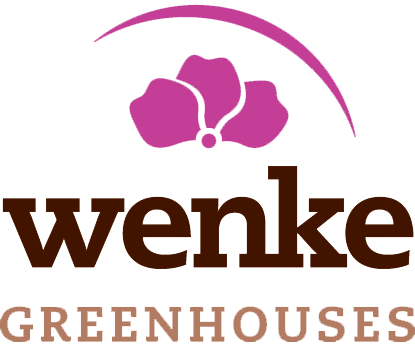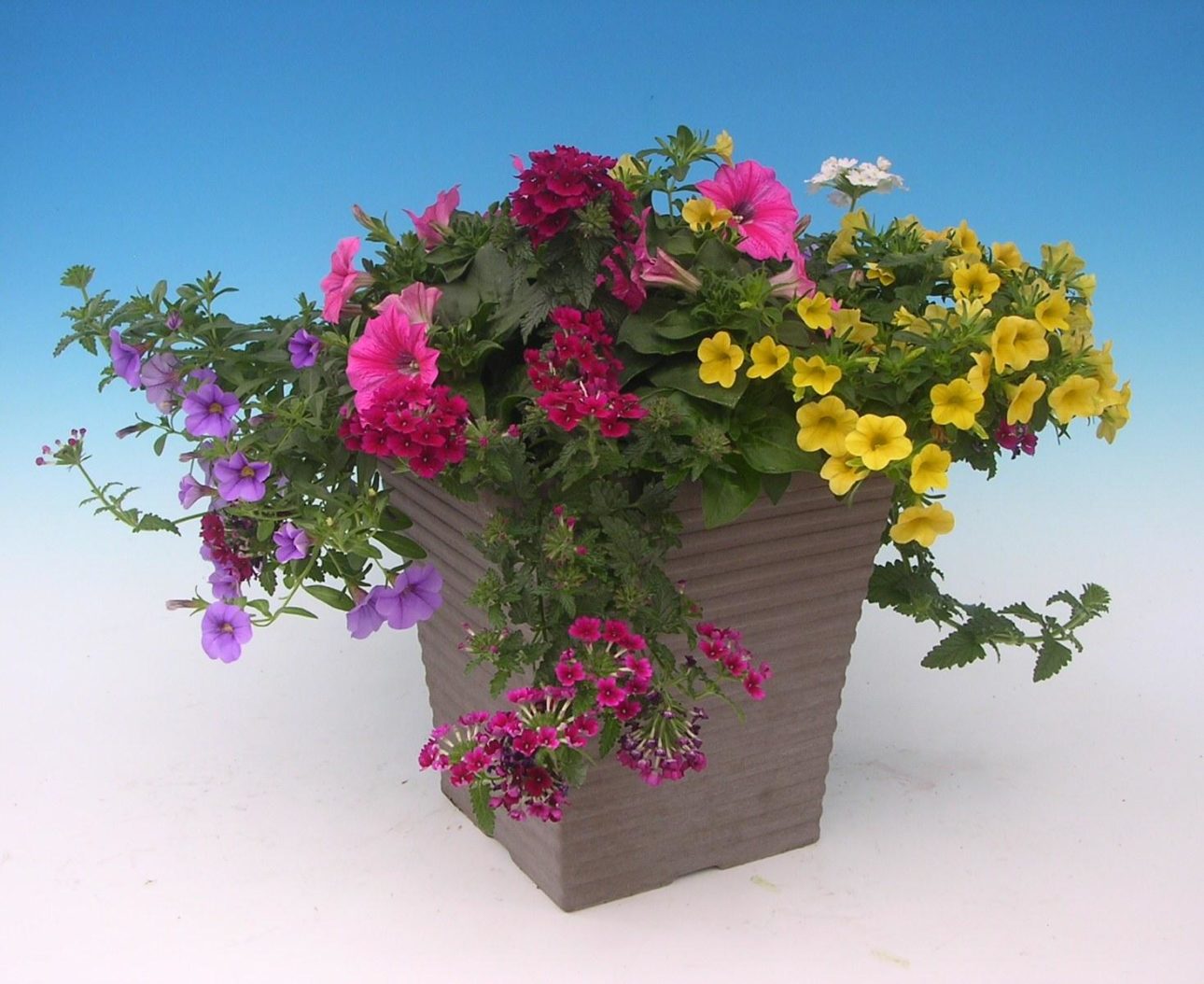You don’t need a yard to have a garden. Container gardening offers a myriad of planting possibilities for the patio, deck, balcony, window box, rooftop…you name it! Most plants will work well in container gardens so the plant choices are wide open. Follow the tips below and enjoy.
- Container – A good rule is that larger is better. A large container will hold more soil so it won’t dry out as fast. A heavy container may be necessary to keep tall plantings from blowing over. Beautiful pottery helps accent the plants and can be used year after year. An easy trick is to plant in a basic plastic container to set inside decorative pottery. This can make it easier to plant and to move if necessary.
- Drainage – Water must be able to drain out of the container. No exceptions. If the container doesn’t have holes/enough holes, you must add them. The holes need to be a min. of ¾” in diameter. It’s also good to get the container up off the ground to help promote drainage.
- Weight – For large containers, you can add Styrofoam or fake bottoms to decrease the amount of potting mix needed and to keep the weight manageable. For small containers, you can add rocks or broken pottery to give it weight but make sure you leave enough room for plenty of soil.
- Soil – A quality potting mix is essential. Plant roots need air or they will suffocate. For this reason, garden soil/top soil is not recommended. A mixture of peat, perlite and coir is best. If water retention is important add Soil Moist to your potting mix.
- Fertilizer – Plants in containers don’t have access to the amount of food they require. Mix in a complete or slow-release type fertilizer as you plant up your container or you may wish to fertilize with a water-soluble type once every two weeks. A combination of these fertilizers is preferable as annuals are heavy feeders.
- Planting – It’s common to think in terms of thrillers, fillers and spillers in containers. Thrillers are the tallest and add drama. If viewing your container from one side position the thriller in the back. If viewing from multiple angles or you prefer a symmetrical planting place your thriller in the center. Fillers go around the middle and add color. Spillers fall over the side of the container and add interest and/or color. Most plants work in containers including perennials, however they are not likely to overwinter if left in a container above ground. Select plants based on their sun/shade requirements, height, texture and your preference. Dig a hole a little larger than the root ball. Plant at the same depth unless plant tag gives other instruction. Back-fill and firm potting mix around plant roots. Remember to leave room for plants to reach their mature size.
- Colors – Monochromatic and single plant containers tend to be more formal looking and can be seen from further away. Mixed colors tend to be more whimsical and creative. Contrasting colors can be dramatic. Every color brings emotion, red-wild, white-peace, yellow-happy, blue-rich. Some people like to match the color of plants to their house. There is no right or wrong, plant what appeals to you.
- Watering – Water generously when first planted/first week or so to get them settled. After that water when potting mix becomes dry to the touch. This could be daily or weekly depending on the weather. When you do water, water thoroughly (until water begins dripping through the bottom) then let soil dry to promote healthy roots. Watering in the morning is best. To prevent plant material from splitting water around the edge of the container underneath the foliage.


